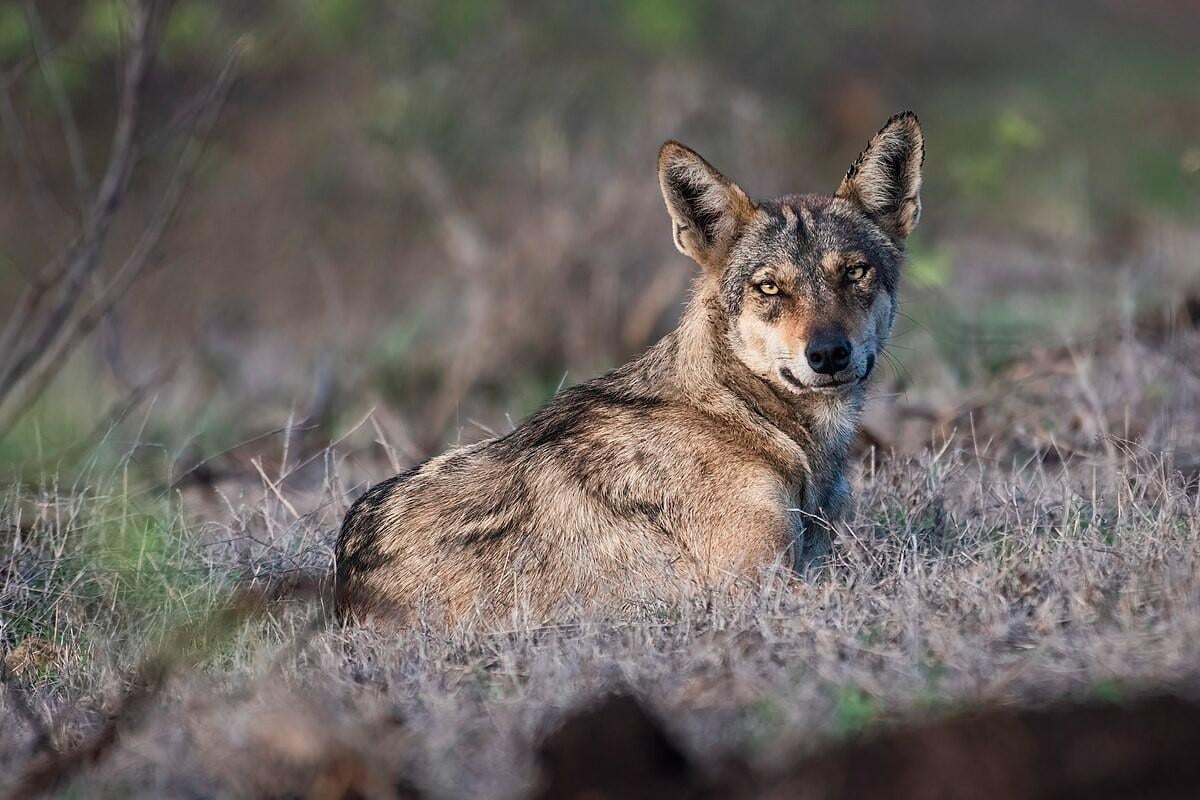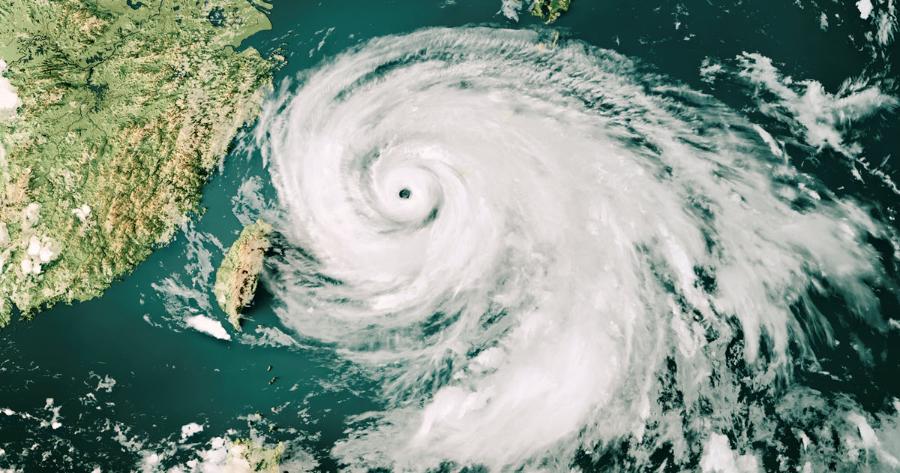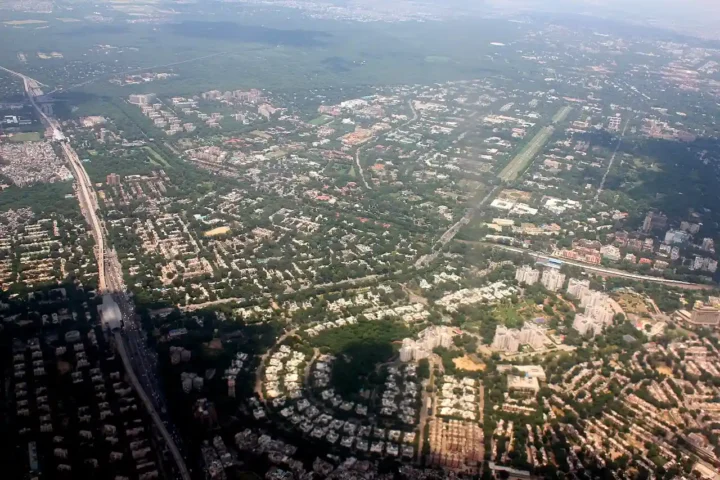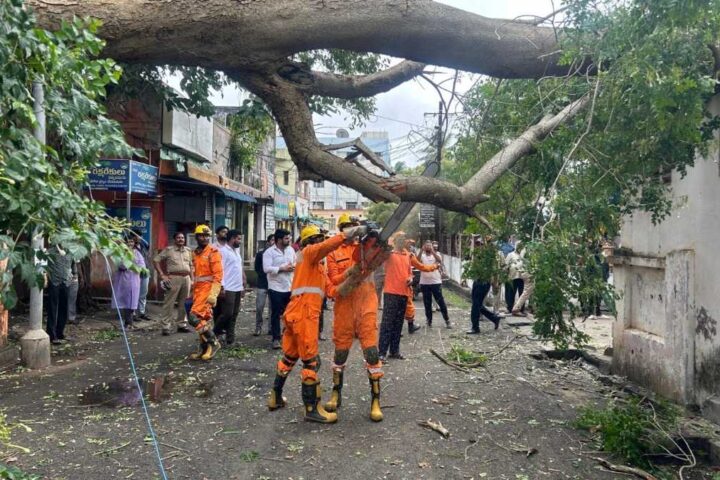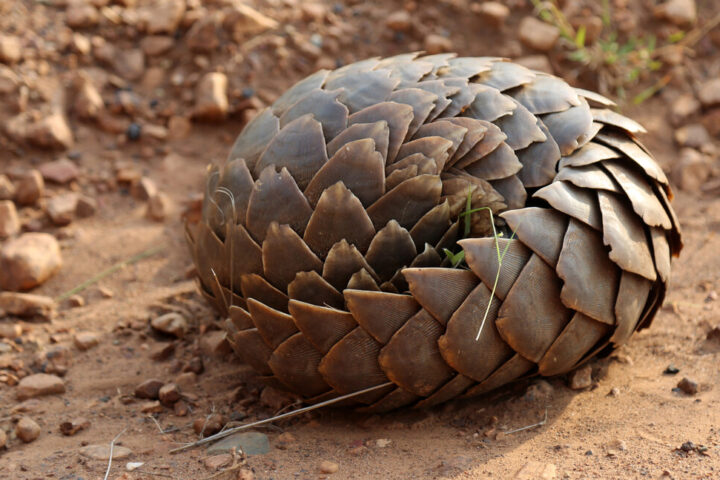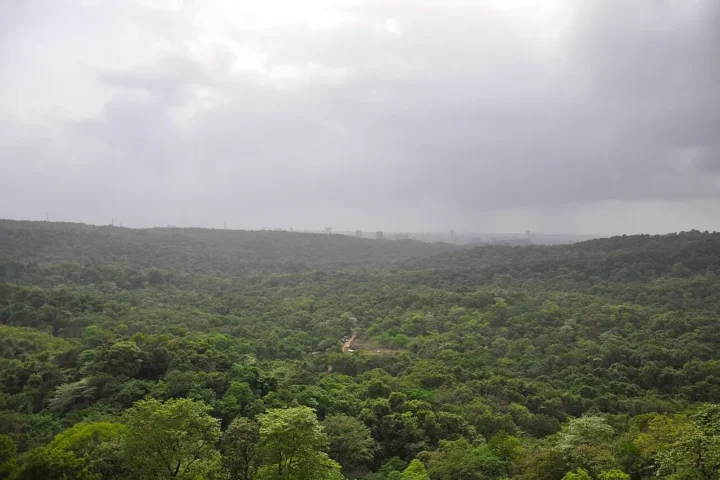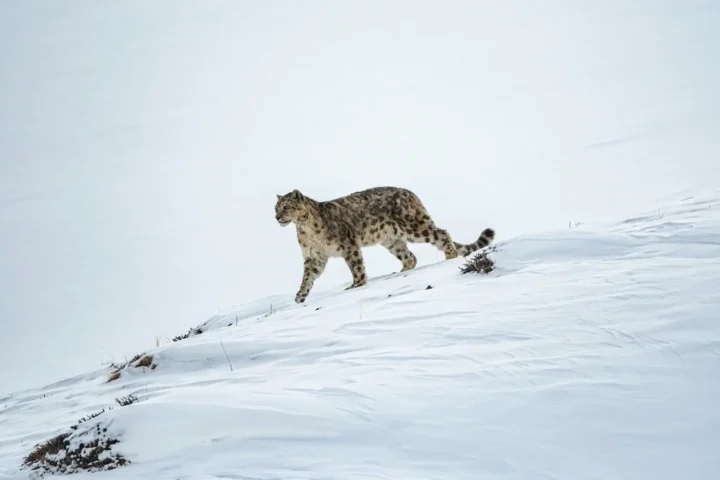A wildlife enthusiast’s morning walk along the Yamuna river bank has potentially led to one of Delhi’s most significant wildlife discoveries in decades. For the first time since the 1940s, an animal closely resembling an Indian grey wolf (Canis lupus pallipes) was spotted and photographed in the capital’s northern outskirts.
The sighting occurred on May 15, 2025, when Hemant Garg, a 41-year-old businessman and wildlife enthusiast, encountered the animal near Palla village where Delhi, Haryana, and Uttar Pradesh borders meet.
“I spotted this dog-like animal around 8am near Palla. It had a dull, dark grey coat and walked with a gait that didn’t quite match a dog’s,” Garg said. “As I moved closer and took a few photographs, it darted into a patch of tall grass and disappeared.”
Expert Opinions Divided
Wildlife experts examining the photographs have expressed cautious optimism but remain divided on the animal’s exact identity.
Y.V. Jhala, a leading wildlife scientist and wolf expert, observed that while the animal has wolf-like features, its tail characteristics and coloration hint at possible mixed ancestry with domestic dogs. He emphasized that definitive identification would require genetic testing.
The mixing of wolf and dog bloodlines has reportedly increased as natural habitats shrink while stray dog numbers grow throughout the country.
Bilal Habib from the Wildlife Institute of India believes it is indeed a wolf. “It is a very young animal, a year-old subadult that is dispersing. Its coat is a giveaway, typical of subadult wolves. Its teeth are also small and very sharp,” Habib explained.
“A wolfdog hybrid will hang out nearer to human settlements, not disperse over such long distances,” he added, suggesting the animal’s behavior supports the wolf theory.
Similar Posts
Historical Context and Significance
In the early 1900s, Delhi’s landscape was home to a rich variety of wildlife. Historical records from G.N. Sinha’s 2013 publication indicates that wolves, leopards and other large mammals once roamed the Ridge forests and nearby areas, but had largely vanished by the 1940s.
If confirmed, this sighting would mark the return of a species absent from Delhi for eight decades, highlighting nature’s resilience amid urban development.
Conservation Status and Challenges
According to conservation classifications, the Indian grey wolf holds endangered status and enjoys top-tier legal protection under Indian wildlife laws. Researchers estimate the nationwide population ranges between 2,000-3,000 individuals.
Studies indicate that out of approximately 4.2 lakh square kilometers of available habitat, only about 18,000 square kilometers are highly suitable, with a mere 1,332 square kilometers within protected areas.
This limited protected habitat increases human-wildlife conflict as wolves sometimes prey on livestock due to declining natural prey, leading to retaliatory killings.
Ecological Importance
Dr. Suryaprakash, a zoologist at Jawaharlal Nehru University, noted the strategic location of the sighting. “Delhi lies between two key habitats for wolves — the Yamuna riverine plains on one side and Haryana’s Aravalli belt leading into Rajasthan on the other,” he said.
The sighting underscores the importance of river corridors for wildlife movement. Surya Ramachandran, a naturalist familiar with wolf behavior, suggested the animal may have made its way along the Yamuna river system, possibly originating from the Chambal region.
Next Steps
The Delhi Forest Department is reviewing the photographs but has not yet confirmed the species. A senior official indicated they would investigate the matter further, noting they have no documented wolf sightings in recent years.
Wildlife experts emphasize that genetic testing would be necessary for definitive identification, particularly to determine if it’s a pure wolf or a wolf-dog hybrid.

Regardless of the final determination, the sighting has reignited interest in urban wildlife conservation and the vital role of remaining green spaces in sustaining biodiversity in and around cities.
“The sighting highlights the resilience of wildlife in the face of urban sprawl and underlines the urgent need to conserve the remaining natural habitats around our cities,” said Abhishek Gulshan, naturalist and founder of NINOX – Owl About Nature.
